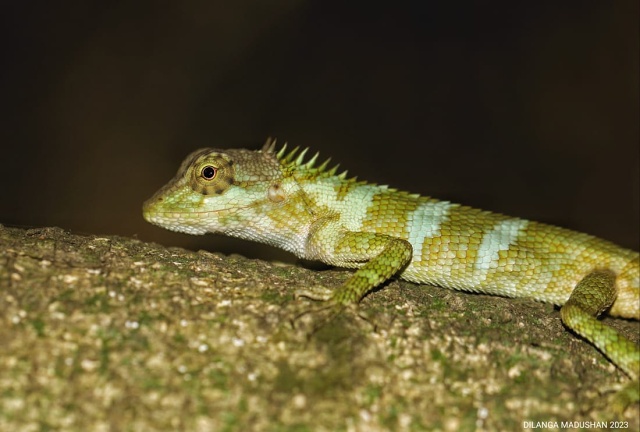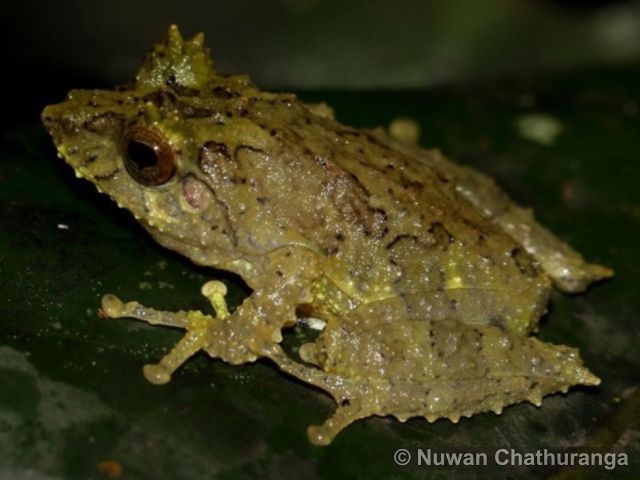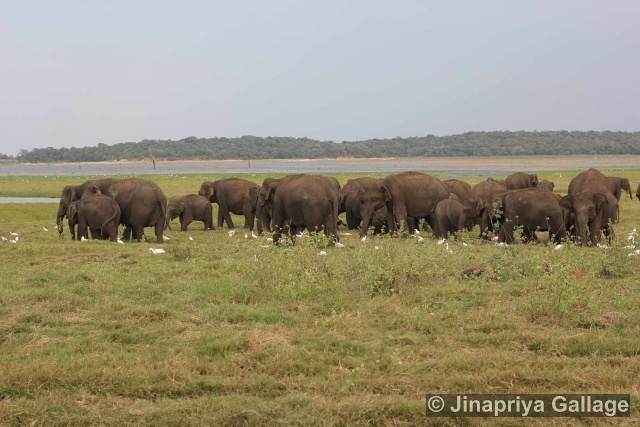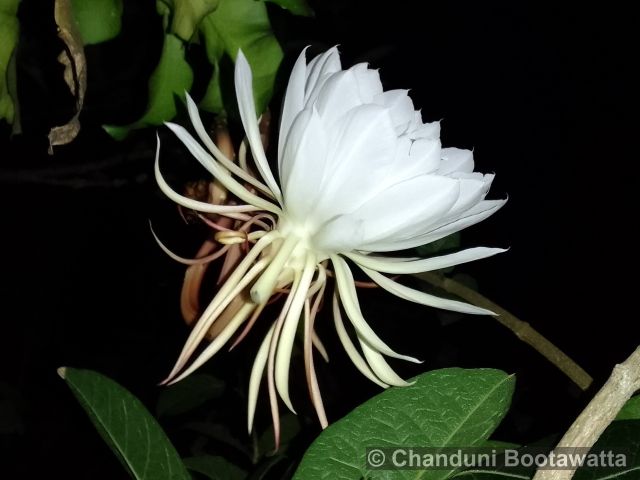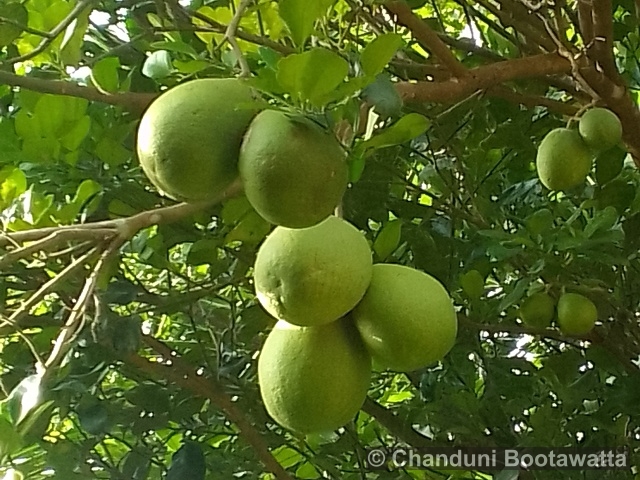Tento příspěvek byl přečten249krát!
YOU CAN FIND THE CZECH VERSION IN THIS LINK
Sinharaja Forest Reserve meaning ‘Lion Kingdom’ is the best known Rain Forest in the country and has been identified as an important biodiversity hotspot.Sinharaja Forest is known as the land of mysteries, filled with hidden wonders and natural beauty. Its thick vegetation creates the perfect cover for nature’s secrets, adding a sense of mystery to every visit. If you love nature, this forest will amaze you. At sunset, the sounds of frogs fill the air, and birds call out from the tall trees above. The paths are surrounded by tall trees and thick vines, where rare butterflies and unique plants thrive. With each step, you’ll find beautiful scenes and untouched water spring an ideal place for anyone who enjoys the magic of pure, untouched nature.
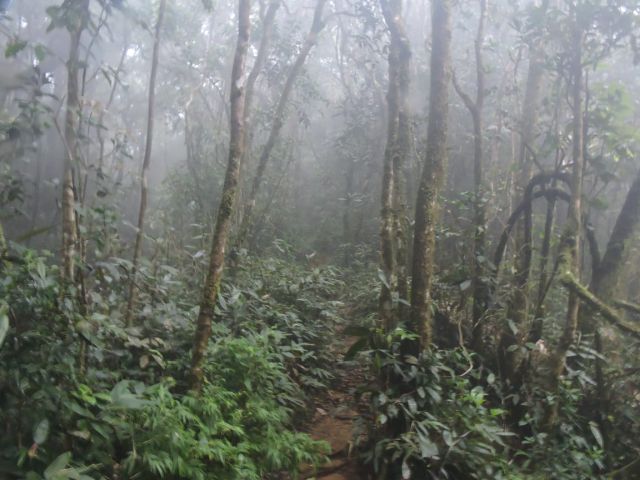
The Sinharaja rain forest, one of world famous heritage sites, is located in the southwest zone in Sri lanka. It spreads through and belongs to Galle, Matara and Rathnapura districts. The total area of the forest is 1118ha. It receives an annual rainfall between 3000mm – 6000mm due to northeast and southwest monsoon rain temperature in the forest amounts between 18–27°C.
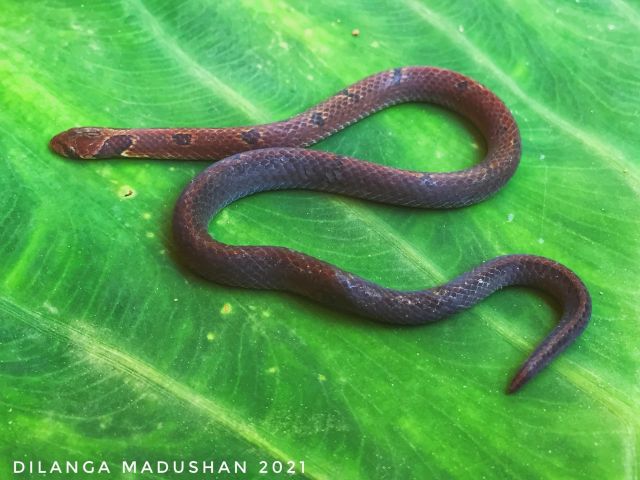
Sinharaja Forest Reserve is Sri Lanka’s only remaining primary tropical rainforest and home to the country’s highest concentration of endemic species of plants and animals, several of which are rare or endangered. Importantly, the Sinharaja forest is the last viable remnant of Sri Lanka’s tropical lowland rain forests and more than 60% of the trees here which are very rare in other areas of the country are endemic to Sri Lanka (Kumara, 2016).
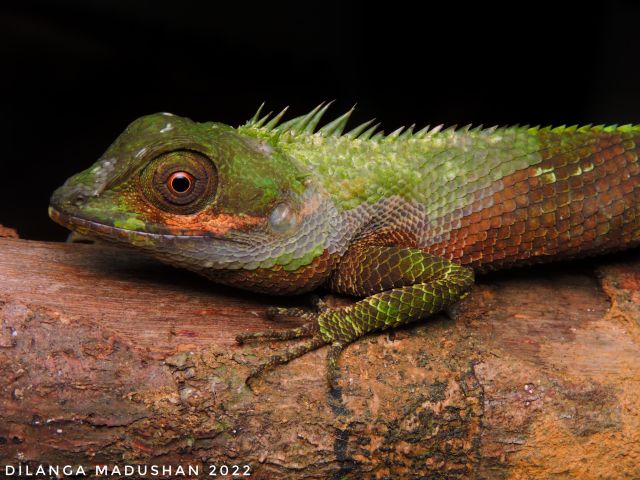
Flora diversity – Inside the world of green
Sinharaja is Sri Lanka’s least disturbed and most extensive patch of lowland rainforest strictly protected by Sri Lankan law. The vegetation of Sinharaja may be described either as a tropical lowland rain forest or tropical wet evergreen forest.Average height of the trees varies between 35 m – 40 m. Some individuals rise even up to 50 m. There are about 217 endemic trees in Sri Lanka and about 140 of them can be found in Sinharaja Forest Reserve.
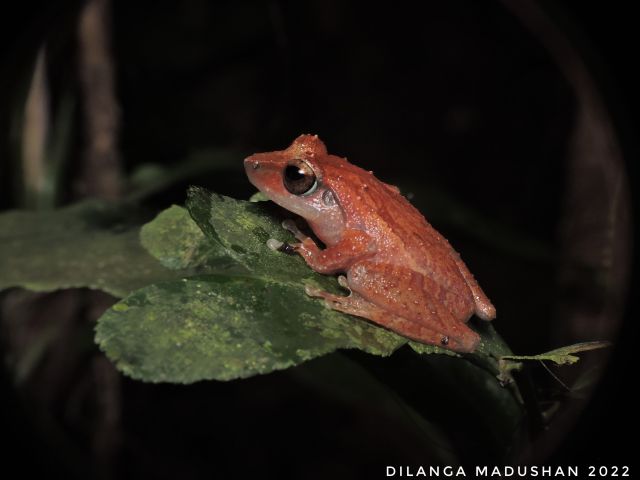
In the forest canopy layer, endemic plants belonging to the families Dipterocarpaceae (species: Dipterocarpus zeylanicus, Doona congestifolia, Doona trapezifolia, Doona macrophylla, Dipterocarpus hispidus), Celastraceae (species: Kokoona zeylanica, Bhesa ceylanica), Cornaceae (species: Mastixia tetrandra), Sapotaceae (species: Madhuca fulva), and Myristicaceae (species: Myristica dactyloides) can be found.
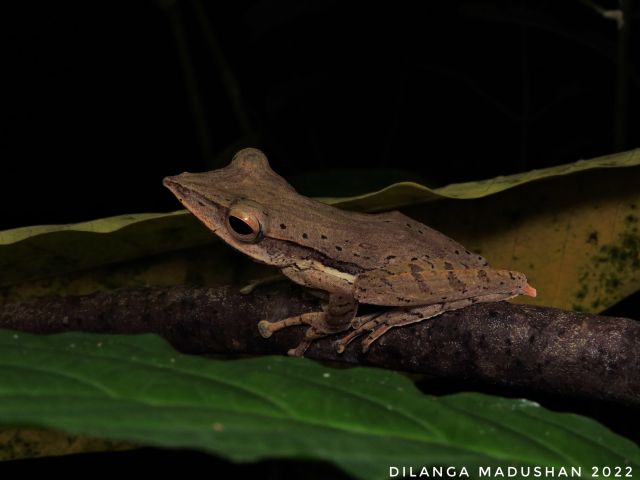
Some of the endemic trees in the sub-canopy layer belong to the families Rubiaceae (species: Dichilanthe zeylanica), Clusiaceae (species: Calophyllum bracteatum), Sapotaceae (species: Palaquium rubiginosum), Myrtaceae (species: Syzygium neesianum), and Sapindaceae (species: Glenniea unijuga).
Endemic plants in the ground layer include families such as Euphorbiaceae (species: Agrostistachys coriacea, Aporusa lanceolata, Bridelia mooni), Rubiaceae (species: Nargedia macrocapa), and Olacaceae (species: Strombosa nana).
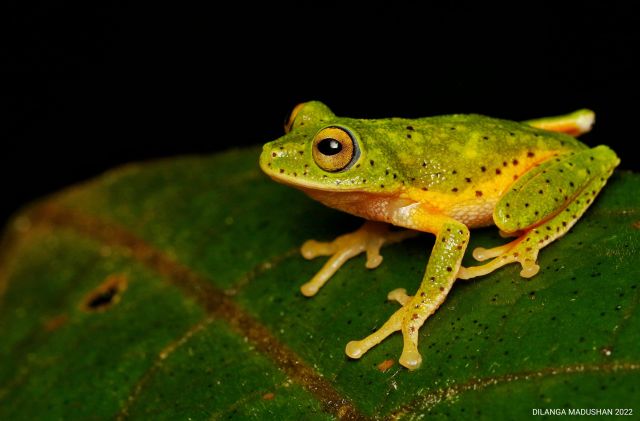
Diversity of Reptiles
According to many scholars, reptile species have a special ecological position to keep the balance of natural ecosystems and they are directly and indirectly contributing to the sustainability of ecosystems (Nijman and Shepherd, 2011).
Within the Sinharaja forest, there are thousands of small streams of crystal cool freshwater making habitats for a variety of fishes, toads, and crabs, especially for the endemic species. Total 71 reptile species are recorded in Sinharaja and among them 34 are identified as endemic species and 33 species have been declared nationally threatened species.
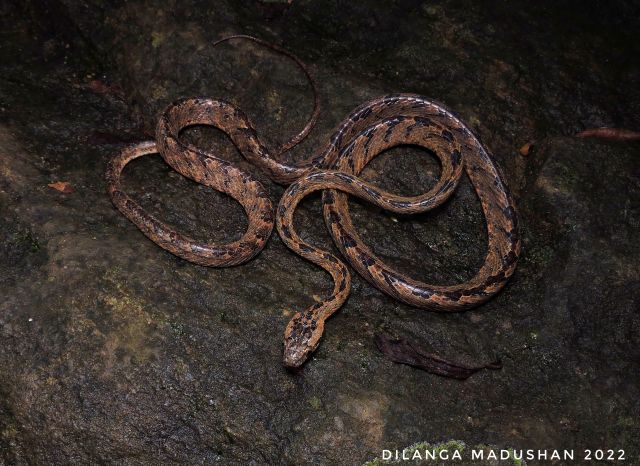
The species like Sri Lankan green pit viper (Trimeresurus trigonocephalus) known for its vibrant green color, it blends well with the dense forest foliage, which helps it remain hidden as it hunts for small mammals, birds, and amphibians. The Hump-nosed viper (Hypnale hypnale) is also a common sight in Sinharaja. The Sri Lankan Keelback (Xenochrophis asperrimus) an endemic water snake often seen near streams and other water bodies in the forest, preying on amphibians and small fish. Sri Lankan Flying Snake (Chrysopelea taprobanica) another endemic species, this snake is notable for its ability to glide between trees, although sightings are rare. Rhinophis erangaviraji, commonly known as Eranga Viraj’s shieldtail snake, is endemic to Sri Lanka.
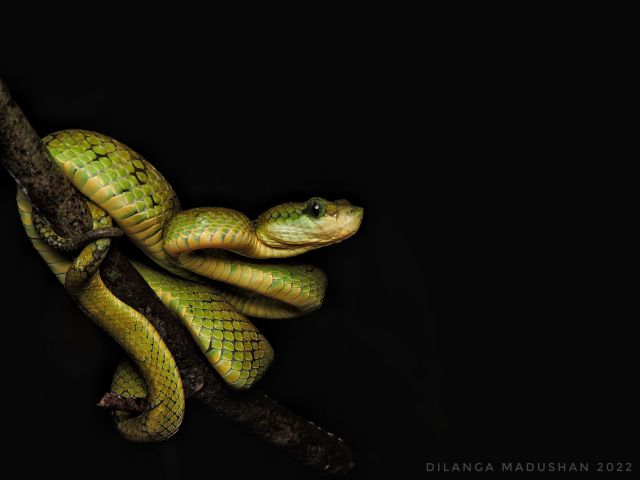
The Hump-nosed lizard (Lyriocephalus scutatus) are particularly notable for their unique adaptations to this environment. This distinctive lizard, known for the prominent hump on its nose. Sinharaja’s reptilian diversity also includes the endemic Rough-nose horned lizard (Ceratophora aspera) and the Sri Lankan kangaroo lizard (Otocryptis wiegmanni) , both of which thrive in the forest’s cool, shaded areas. Ceratophora karu, or Karu’s horned lizard, is indeed a fascinating species within the Agamidae family. Being endemic to Sri Lanka, it represents a unique part of the island’s biodiversity. Ceratophora erdeleni, or Erdelen’s horned lizard, is another fascinating species in the Ceratophora genus, closely related to Ceratophora karu. While both species are endemic to Sri Lanka.
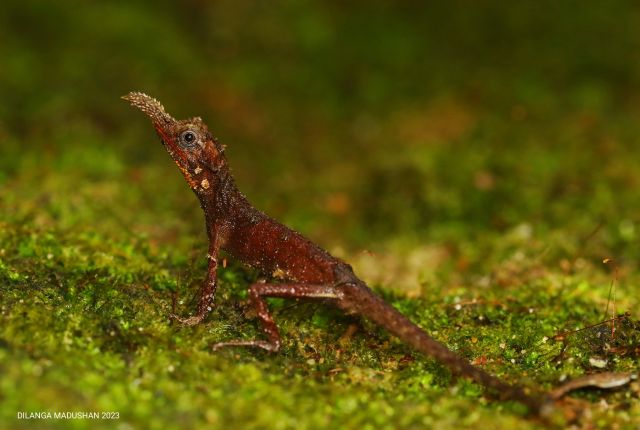
Agamids (Agamidae) are the most well-represented reptile group on the island, with the Green Garden Lizard (Calotes calotes) being the most common species. Notably, sightings of Whistling lizard (Calotes liolepis), a rare arboreal species, hold special significance as it is the rarest agamid found here.
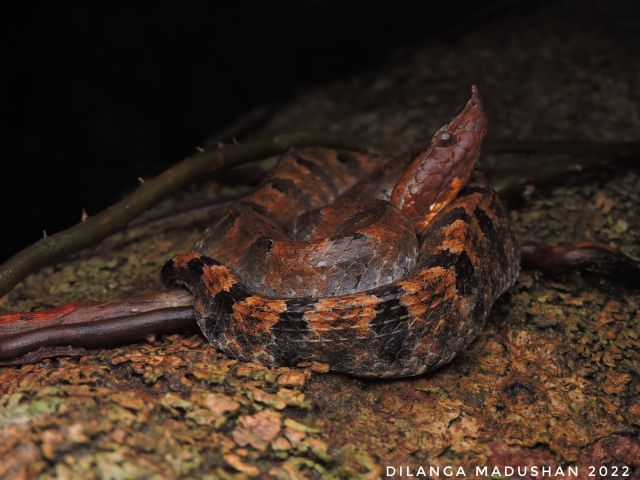
Whispers of Amphibians
The Torrent toad (Amolops monticola), also known as the mountain toad or hill toad, is a fascinating amphibian found in Sinharaja. They are known for their unique mating calls, which can often be heard in the evenings near their breeding sites. Sinharaja shrub frog (Pseudophilautus simba) is an endemic species of frog found exclusively in the Sinharaja Forest Reserve in Sri Lanka. Kelaart’s dwarf toad (Adenomus kelaartii). It is considered as an endangered species in IUCN red list due to Habitat modification from deforestation. The Common House toad (Duttaphrynus noellerti) is an endemic species to Sri Lanka. Its limited range makes it unique to the island’s ecosystem.
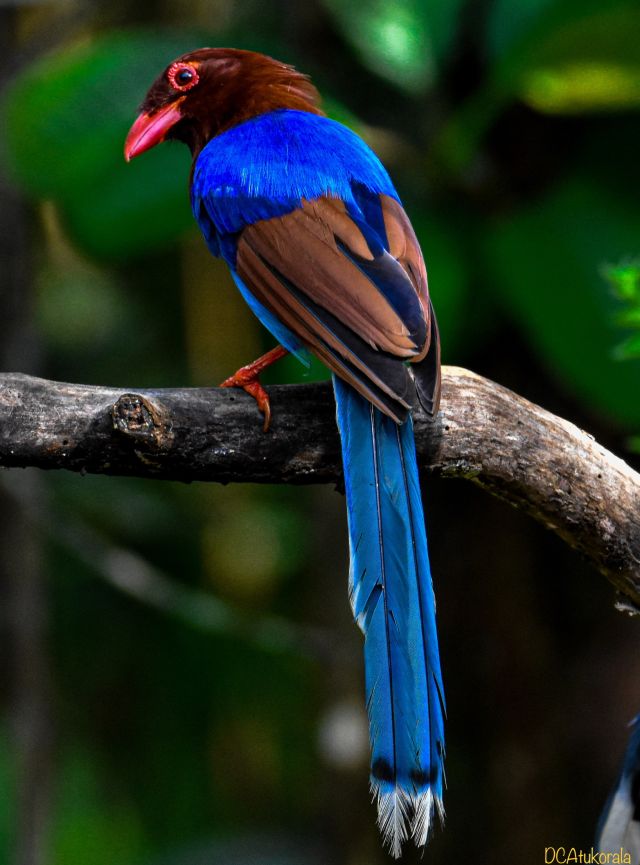
Bird life in Sinharaja
Notably 95% of the endemic birds of Sri Lanka are recorded in Sinharaja. The Sri Lankan Scaly Thrush (Zoothera imbricata) is often regarded as one of the more difficult to find endemics. With only one sighting it didn’t appear common but once found this bird was quite cooperative. Sri Lanka Spur fowl (Galloperdix bicalcarata) not always easy to find, not always showing too well, but a little essential as Sinharaja simply is the best site for these stunners. And there is more, they have an incredible sound. Sri Lanka Blue magpie (Urocissa ornata) appears on a Sri Lankan postal stamp, understanding its beauty and importance. The Sri Lankan Black Drongo (Dicrurus macrocercus) is known for its agility in flight and its remarkable mimicry skills. Black Drongos are adept at imitating the calls of other birds and even mimic certain sounds from their surroundings.
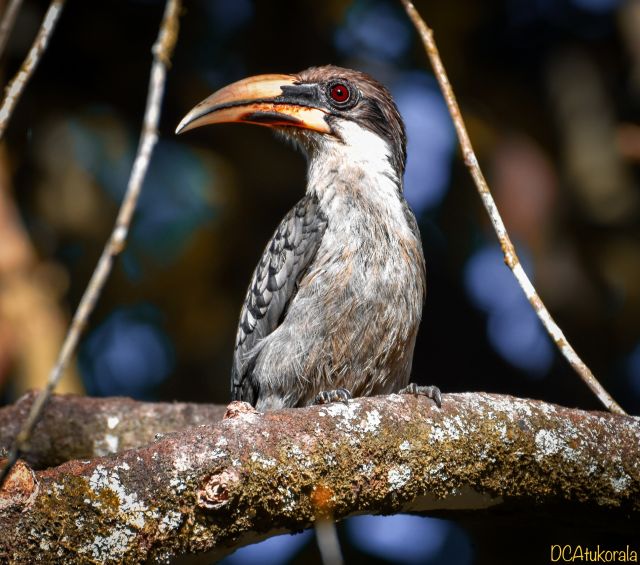
The other endemic birds witnessed here include Layard’s parakeet (Nicopsitta calthrapae), Sri Lanka Jungle fowl (Gallus lafayettii) , Sri Lanka Grackle (Gracula ptilogenys), Ceylon Hanging parrot (Loriculus beryllinus), Ceylon Grey hornbill (Ocyceros gingalensis), Ashy-headed laughing thrush (Argya cinereifrons), Layard’s parakeet (Psittacula calthrapae), Spotted-wing thrush (Geokichla spiloptera), Brown-capped babbler (Pellorneum fuscocapillus), Red faced malkoha (Phaenicophaeus pyrrhocephalus), Legge’s flower-pecker (Dicaeum vincens) amongst many others.
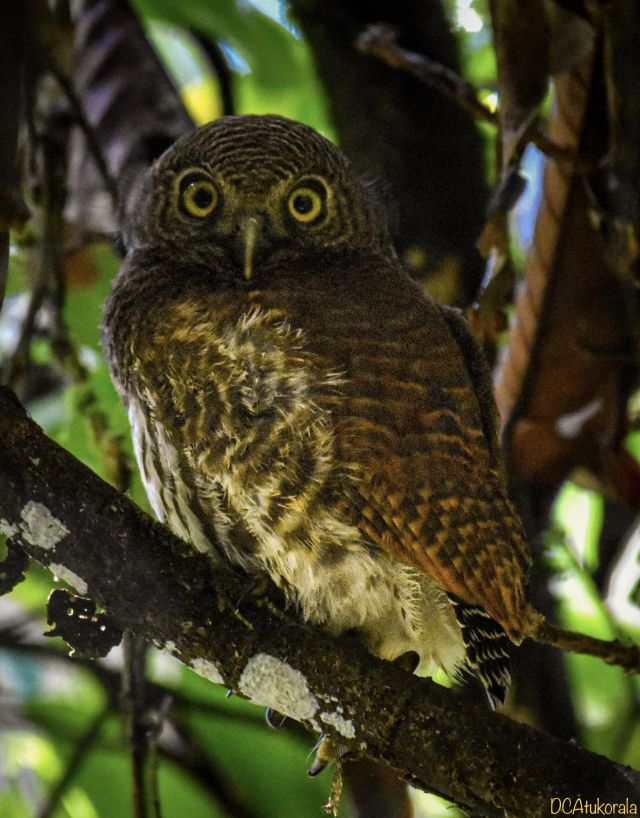
Mammals of Sinharaja
Not only the birds may be endemic at Sinharaja.The purple faced leaf monkey (Semnopithecus vetulus) is one of the endemic species in this area often found on top of trees. The Dusky Palm Squirrel (Funambulus sublineatus) , only found in Sri Lanka and listed as vulnerable on the IUCN Red List. Not only that, Sri Lankan leopards (Panthera pardus kotiya) are not a common sight in Sinharaja; however, you may rarely spot one.Sri Lankan jackal (Canis aureus naria), Toque macaque (Macaca sinica) also common in this territory.
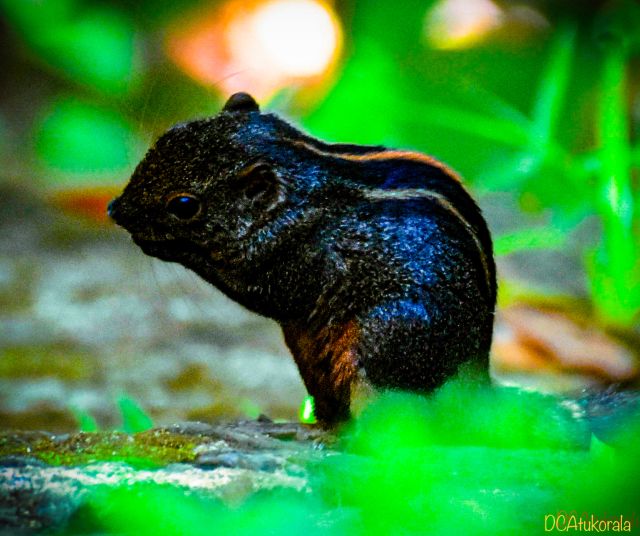
Author of text: Devindi Budhawaththa.
Author of photos: Dilanga Madushan, Chinthaka Atukorala.
References
Nijman, V. and Shepherd, C.R., 2011. The role of Thailand in the international trade in CITES-listed live reptiles and amphibians. PloS one, 6:7825.
Kumara, H.I.G.C. and Samarawickrama, D.R.N.S., 2019. Diversity of Reptiles in the Eastern and Southern parts of the Sinharaja Rain Forest. Journal of Tropical Forestry and Environment, 9(1).
https://www.srilankaview.com/Sinharaja/sinharaja_forest111.htm
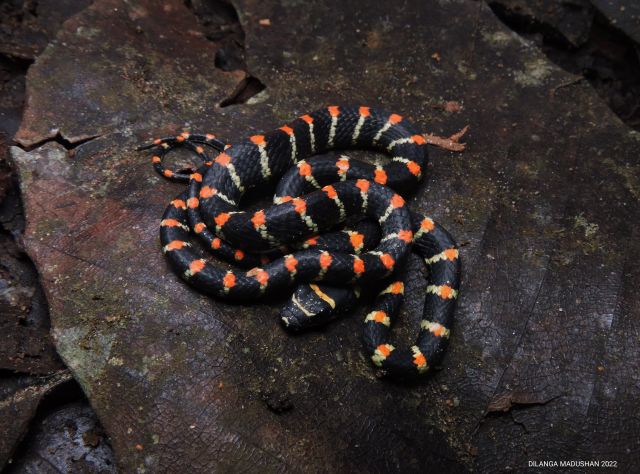



 Poslat emailem
Poslat emailem
